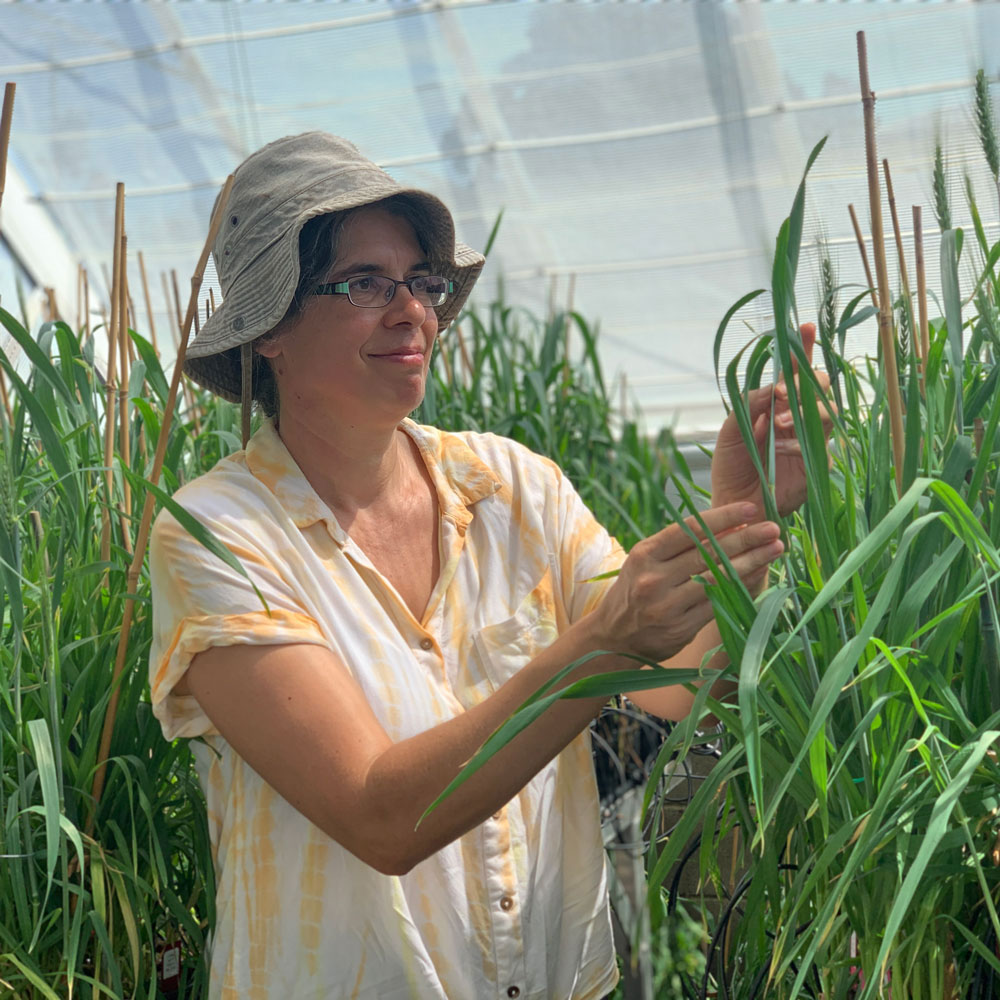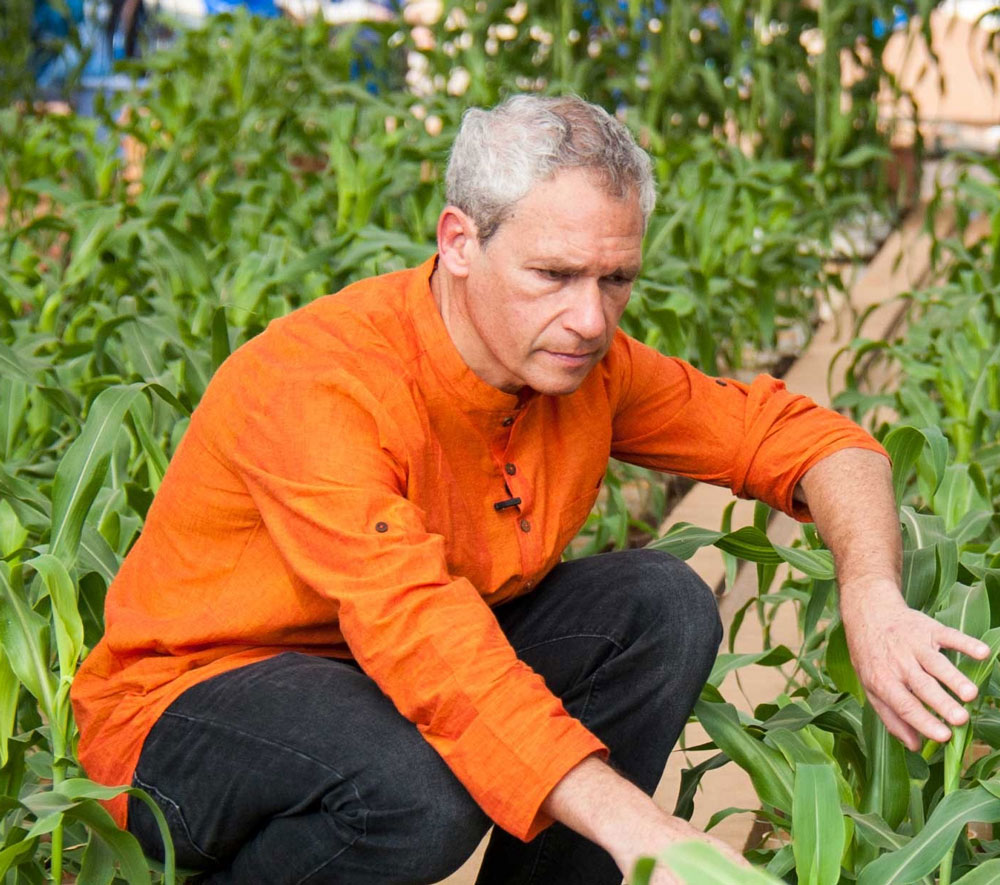More focus on integrating research into drought tolerance in crops is essential to prevent the threat to global food security, according to international researchers.
The team from the Institute for Research and Development (IRD), the International Rice Research Institute (IRRI), the French National Institute for Agriculture, Food and Environment (INRAE), the Swiss Federal Institute of Technology (ETH Zurich) and The University of Queensland (UQ) said research efforts too often focused on extreme drought.

Associate Professor Karine Chenu from UQ’s Queensland Alliance for Agriculture and Food Innovation said improving drought adaptation is a problem too complex for a one size fits all approach.
“What we need is people with different expertise working together to find answers through a wholistic approach across different disciplines,” Dr Chenu said.
“There are many different types of droughts and many complex physiological traits involved.
“For instance, a trait conferring drought adaptation may be ideal in some crop environments, but in others it could be detrimental to yield.
The IRD’s Principal Scientist Dr Vincent Vadez agrees.
“A drought tolerance trait is not a magic bullet that can solve drought in all situations,” Dr Vadez said.
“Certain traits can be useful in some drought scenarios, but these same traits can have negative trade-offs in other scenarios.
“A more integrated approach will allow access to different tools – physiologists bring the understanding of the traits that could be harnessed as a solution to specific scenarios, modellers can predict the value of the traits across various scenarios, geneticists bring the capacity to harness traits of interest and breeders can insert those traits into cultivars.

“Despite what each of these domains bring, none can solve the issue alone – the solution will come from the synergy from all these different elements.
“Worldwide there is a lot of expertise in these different areas but these teams need to be better assembled.”
Dr Chenu said it was important to select the right traits for the right environments.
“Then we can develop helpful phenotyping methods, screen hundreds or thousands of genotypes to identify genomic regions of interest, and find potential parents for breeding traits of interest,” she said.
“In addition, crop models can now directly be used in association with the genomic models and we work with breeders to have integrated biophysical knowledge of the traits, the environment, the agronomic management practices and the genome all at once.
“The idea is to integrate as much knowledge as we can to get predictions as good as possible of which genotypes will perform best in the environments we target.”
The paper was published in Nature Research Earth & Environment.
Media: Associate Professor Karine Chenu, karine.chenu@uq.edu.au, +61 (0) 423 780 594; Dr Vincent Vadez, Vincent.vadez@ird.fr; QAAFI Media, Natalie MacGregor, n.macgregor@uq.edu.au, +61 409 135 651.
The Queensland Alliance for Agriculture and Food Innovation is a research institute at The University of Queensland supported by the Queensland Government via the Department of Agriculture and Fisheries.



